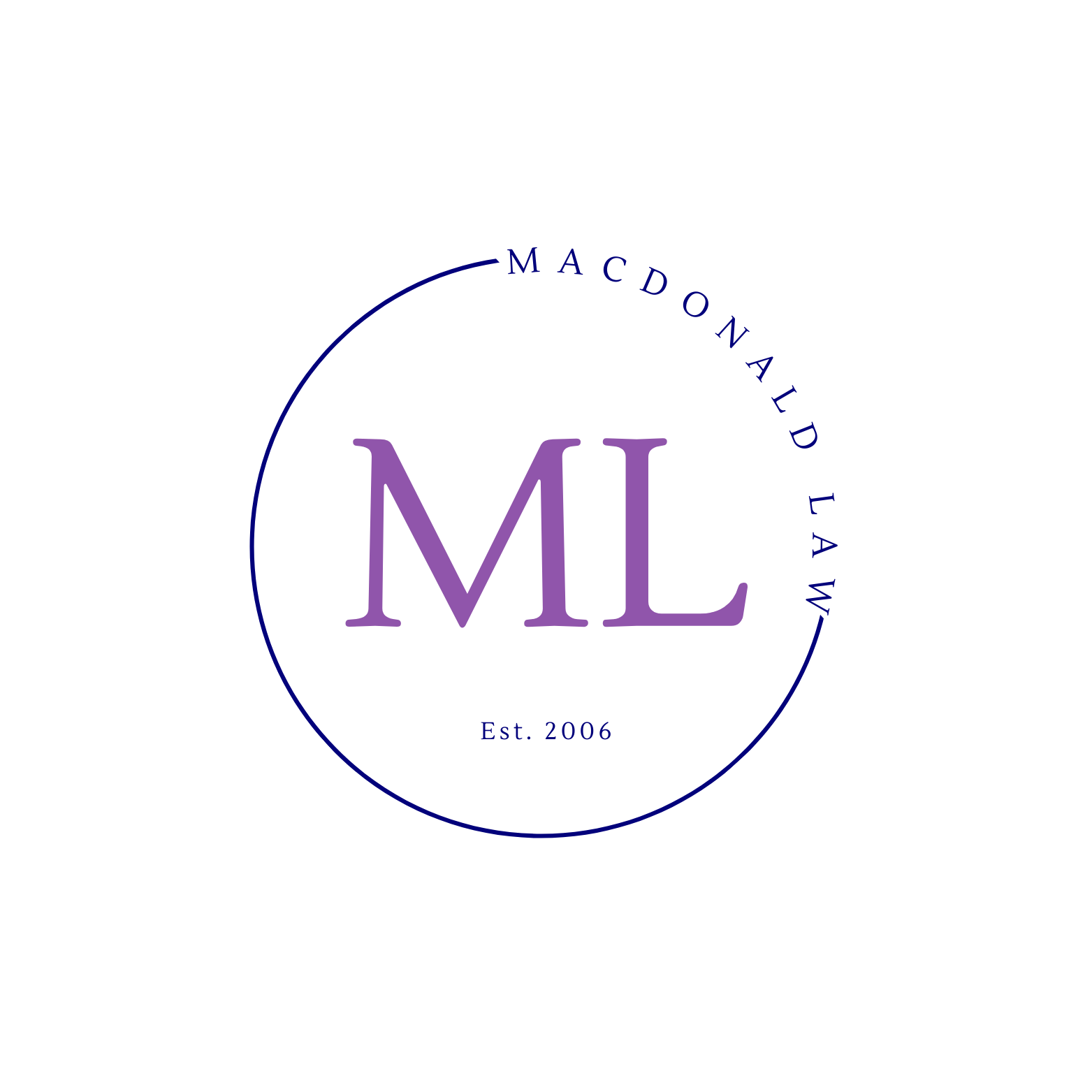Divorce Australia
Australian law sets out that the process of applying for divorce is relatively simple when compared with other family law matters. Your marriage has ended, which for many married couples is a difficult and traumatic time. For others, it is a simple meeting of the minds and official ending. Regardless of your circumstances, we recommend you see a lawyer and obtain comprehensive legal advice about your separation. A poor result can change your life forever. Can you afford not to have an experienced, fearless but compassionate family law solicitor on your side?
We are experienced in relationship breakdowns involving large business, farming property, international relocation and same sex couples. We will try to resolve matters by negotiation if at all possible, even by way of mediation, to try and resolve matters without court proceedings. However, if court is necessary, you can be confident that all of our solicitors have experience in arguing matters before the family law courts so will give your case the best chance of success.
How to get a divorce?
Under Australian law, the process has been simplified somewhat. We have a no fault divorce system, meaning that you do not need to prove what went wrong in your relationship, or engage a private detective. In order for the Court to grant you a divorce you need to prove:-
- That you were married;
- That you have separated and have been separated for 12 months (1 year);
- That there is no reasonable likelihood that your marriage will resume;
- If there are children under 18 years of age, that there are proper arrangements in place for their care and welfare; and
- That you are an Australian citizen by birth, descent or grant, or are lawfully present in Australia (having done so for 12 months) and intend to continue living in Australia.
If you can satisfy all of these steps, then you need to file an Application for Divorce. Once upon a time, this was filed in the Federal Circuit Court but since the amalgamation of the Courts, it is now filed in the Federal Circuit and Family Court of Australia.
Once heard and granted, the Divorce Order will issue which takes effect from one month and one day after the hearing date.
How to apply for a divorce?
Before filing your Application for Divorce, you need to make sure you have a certified copy of your marriage certificate. You then need to decide if you are making a sole or joint application. You can apply for a divorce as either a sole applicant, or as a joint application. If you apply for a joint application then both parties have to sign the application in the presence of a Justice of the Peace or a Lawyer.
You will then attend to filing the application. This is now done electronically using the electronic portal known as the Commonwealth Courts Portal. Follow the prompts to set up an account and then to follow the divorce online process. You will have to pay the Court filing fee. If you are suffering financial hardship you can apply for a reduced fee to apply.
After your Application is filed, you will need to serve the other party. If the Application is made jointly you do not need to do this. However, if you have applied solely, then you will need to arrange for service to be effected.
Service can be effected in person by a third party who is over 18 years of age, or by posting the sealed Application for Divorce to the Other Party.
You then need to file the relevant documents to your circumstances: an Acknowledgement of Service, Affidavit of Service, and/or an Affidavit Proving Signature.
Once filed, your application will proceed to be heard by the Federal Circuit and Family Court of Australia.
After your application is heard and granted, the Court will issue a Divorce Order in 1 month and 1 day, which is when it will come into effect.
Frequently Asked Questions about Divorce in Australia
Do I have to have my ex's consent to file for divorce?
ButtonNo. You can file a sole application for divorce and serve the application on your ex after filing it. This is done without their consent, but they are given notice so that they can attend the divorce hearing or obtain legal advice if they would like it.
What do I do if I don't have my marriage certificate for a divorce application?
ButtonIf you do not have it, you may need to ask your spouse for a copy or alternatively apply to the relevant issuing body for a copy to be re-issued. This usually attracts a fee. Each State and Territory in Australia has a different registry where you can apply for a copy of your marriage certificate.
How much does a divorce cost in Australia?
ButtonThe cost will vary depending on your circumstances and the lawyer you engage. At MacDonald Law we offer a fixed fee price for divorce applications where you know where the other party can be served, or no service is needed. The fixed fee price is $770 inc GST.
Additionally, you will have to pay the divorce filing fee issued by the Court, any fee for a duplicate marriage certificate to issue if required, and the process server fee. All up, we estimate this cost to be around $2,000 including professional fees.
Divorce applications don't include parenting arrangements, property settlement matters (the division of property). These matters involve family lawyers and their costs are outside of those quoted here (which is only for the divorce portion).
Can I get divorced in Australia if we were married overseas?
ButtonYes, so long as you meet the other requirements and provided that you are an Australian citizen by birth, descent or grant, or are lawfully present in Australia (having done so for 12 months) and intend to continue living in Australia.
Can I apply for Divorce in Australia if my marriage certificate is not written in English?
ButtonIf your marriage certificate is in another language other than English, you will need to pay for a formal english translation service. They will need to also sign an affidavit explaining that they are authorised as a legal translator and that they have undertaken the translation.
Do we have to do counselling before getting divorced?
ButtonIf you have been married for less than two years at the time of your application, you need to attend upon a counsellor and undertake counselling. Your counsellor provides a certificate showing that you attempted counselling or you tried by the other party refused to attend. This certificate is provided to the Court at the time of filing your Application for Divorce.
How long does divorce take after filing in Australia?
ButtonThis really depends on the Courts availability to hear the divorce application. Typically, we estimate around 3 - 4 months for a hearing date. This varies widely depending on the time of the year.
What does "proper arrangements" for the children mean when applying for divorce?
ButtonThis does not necessarily mean that you have to have Orders for parenting arrangements in place. Although it is a good idea. Proper arrangements mean providing details to the Court about the current parenting arrangements and explaining why those arrangements are appropriate. This includes in circumstances where children are not spending any time with the other parent. If you want more advice regarding parenting arrangements, you should speak with a lawyer or read more here.
Who gets custody of children in divorce in Australia?
ButtonParenting arrangements are technically not dealt with in a divorce application, other than to ensure appropriate arrangements are in place. We recommend you speak with a lawyer and get some specific legal help. For some more information, head here.
What is my wife entitled to in a divorce in Australia?
ButtonThis is a complicated question, which cannot be answered in this FAQ - we wish! The easiest way to answer this question would be to sit down with one of our experienced solicitors. This allows us to understand your circumstances and provide bespoke advice unique to your circumstances. If you want some general information, you can read more: here.
What is my husband entitled to in a divorce in Australia?
ButtonAnother complicated question. The easiest way to answer this question would be to sit down with one of our experienced solicitors. This allows us to understand your circumstances and provide bespoke advice unique to your circumstances. If you want some general information, you can read more: here.
What happens if I don't sign my divorce papers?
ButtonIf you don't sign the marriage application, then it cannot proceed as a joint application. The other spouse can still proceed to apply for a divorce, but this is done as a sole application. Once filed, your ex will need to provide you with a copy of the sealed application and give you formal notice of the Court date.
What are no fault divorce laws?
ButtonThis means that you do not need to prove that someone is at fault for the marriage breakdown. You do not need to hire a private detective or other professional to investigate. You simply need to prove a couple of things such as separation and that your relationship has ended and there is no reasonable likelihood of you staying married.
How to get divorced in New South Wales?
ButtonThe process is the same whether you are in Queensland or New South Wales. Either way, we would be happy to help.
What happens if my spouse won't sign divorce papers?
ButtonYou can proceed to file for a sole application for divorce without their signature or consent. You do not have to wait for them to approve your application. You do, however, have to serve them with a copy of your sole application once it is filed.
When can I file for divorce?
ButtonUnder Australian law, you can apply for a divorce after your marriage has ended and you have been separated for more than 12 months.
Can you get married to the same person after divorce?
ButtonAt the time of applying for a divorce, you need to swear or affirm that you do not believe there is any reasonable likelihood of your marriage resuming and that your marriage has ended.
In most cases, this means that each person will move on and often times marry others. However, there have been circumstances where people resume their relationship and wish to re-marry.
In that event, there is nothing to stop you from getting married again to the same person.
Can I file for divorce myself?
ButtonYes. The process is fairly straightforward and the Federal Circuit and Family Court have a Divorce Application Kit which sets out the steps. We recommend you obtain some legal advice about your circumstances as separation is difficult and there can often be other things to think about: children, property, your will/estate.
If you read the Divorce Application Kit and it is confusing or overwhelming, we recommend you engage an experienced lawyer to assist you with the process. We take over the day to day management so that you don't have to deal with the stress.
Do you have to provide bank statements for divorce?
ButtonIn Australia, no you do not have to provide bank statements for a divorce application. However, if you need to undertake a family law property division, then you will likely have to as part of your disclosure obligations. You can read more here.
What time limits apply for a divorce?
ButtonWhilst a time limit applies before you can apply to the Court to get divorced (12 months from separation), there is no time limit for when you have to apply by. We have seen people apply for a divorce after separation more than 25 years ago. Similarly, we often help people with their divorce after only 12 months of separation.
It is important to note that we do not recommend waiting a significant period after separation to finalise arrangements for your children, or your property division. Delaying things in these areas can make it more complicated.
How long after divorce can you remarry?
ButtonThe formal court order will issue 1 month and 1 day after the divorce hearing. Your divorce is not in effect until your Divorce Order issues. You cannot remarry until that court order has issued.
If you are planning a wedding, and need to get divorced first, it is imperative that you act quickly. There is no guarantee that the Court will list your divorce hearing with enough time for a pre-planned wedding date.
How to get divorced in New South Wales?
Need help in another family law area?
Child Support Matters
Learn more about child support so that you are equipped for the future
Our Family Law Team
Sarah-Jane MacDonald
LLB, AccS(Fam)
Legal Practitioner Director
Accredited Family Law Specialist
Parenting Coordinator









